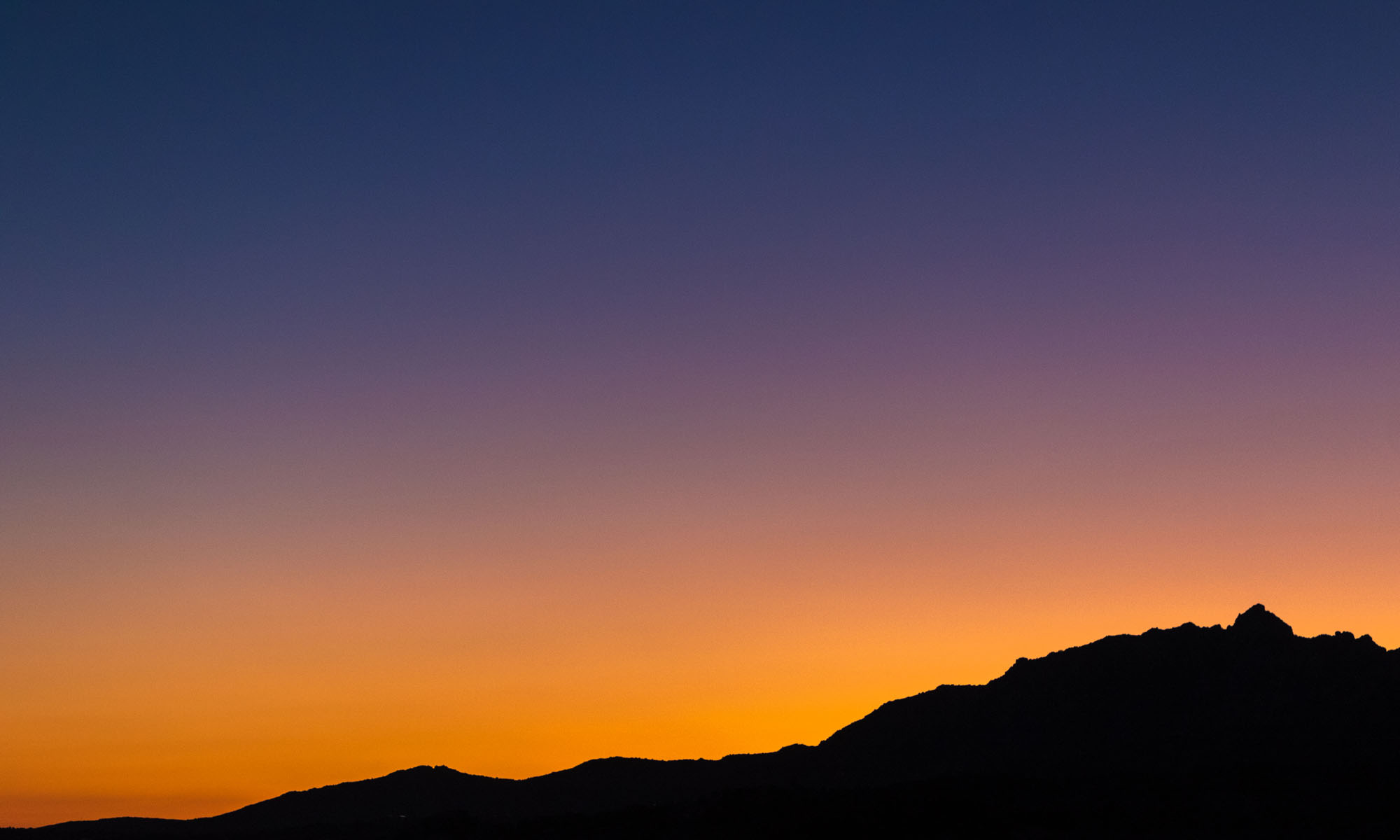There are a variety of software tools available for creating high dynamic range (HDR) images from a series of bracketed exposures. My recent experience has demonstrated that Aurora HDR 2019 is among the best,
NOTE: Get an extra $10 off Aurora HDR 2019 by using coupon code greylearning after following this link:
https://macphun.evyy.net/c/202122/513351/3255
Conceptually the process of creating an HDR image involves only two steps. First the bracketed exposures are combined into a single image, generally with a very high bit depth that enables that image to contain a tremendous range of tonal and color values. Second, that image with an extended range is mapped into the narrower range of a “normal” photographic image, with a degree of creative interpretation available as part of this process.
What I have found is that a surprising number of my photos can’t be assembled reliably by most of the HDR software that is available. This often happens when I have a frame that has a relatively large area of the scene that is dynamic. One recent example was this sunset featuring water below and clouds above:

With a scene such as the above, it can certainly be difficult for HDR software to figure out how to blend the exposures into a single image. The water is moving relatively quickly, and even the clouds have a degree of movement that may cause variations among the individual frames of the bracketed exposures.
From a workflow convenience standpoint, I will admittedly use Lightroom Classic CC to assemble my more basic HDR images. After all, I’m already using Lightroom to manage my photos, and Lightroom does a good job with many HDR images.
Lightroom, however, failed miserably when it came to assembling the above sunset photo. Aurora HDR 2019, on the other hand, did a great job.
Beyond the task of assembling the initial HDR image, it is also important for HDR software to provide a good range of flexible tools for optimizing the appearance of your HDR images during the tone-mapping stage of the workflow.
In particular, I find the various adjustments in Aurora HDR’s “HDR Enhance” category to be helpful for enhancing details in a photo. Multiple sliders enable you to increase the clarity and texture, with control at varying scales within the image.
The wide range of tonal and color adjustments also make easy to exercise tremendous control over the general appearance of an HDR image being assembled with Aurora HDR.
If you like to create HDR images in your photography, I recommend taking a look at Aurora HDR 2019. You can get a free trial through the Skylum website here:
https://macphun.evyy.net/c/202122/513351/3255
NOTE: Get an extra $10 off Aurora HDR 2019 by using coupon code greylearning after following the link above.

